Google Analytics is a tool that helps businesses to track their website’s performance, measure audience engagement, and learn more about their visitors. It is an essential part of any online business strategy.
Google Analytics is a web analytics service offered by Google. It offers a variety of features that help you analyze your website’s traffic and performance.
This post will cover the basics of Google Analytics and how it can help you get more from your website.
Quick Links
How to Get Started with Google Analytics
Google Analytics is a free tool that provides analytics for websites. It will show you the traffic sources, demographics, and geographic location of your website visitors.
To get started with Google Analytics, you’ll need to create a new property in Google Analytics. This will allow you to view data from your website and not just your blog or website.
Sign Up to Google Analytics
Google Analytics is a free tool that provides analytics for websites. It will show you the traffic sources, demographics, and geographic location of your website visitors.
To get started with Google Analytics, you’ll need to create a new property in Google Analytics. This will allow you to view data from your website and not just your blog or website. Once you have created your property in Google Analytics, it’s time to start tracking data!
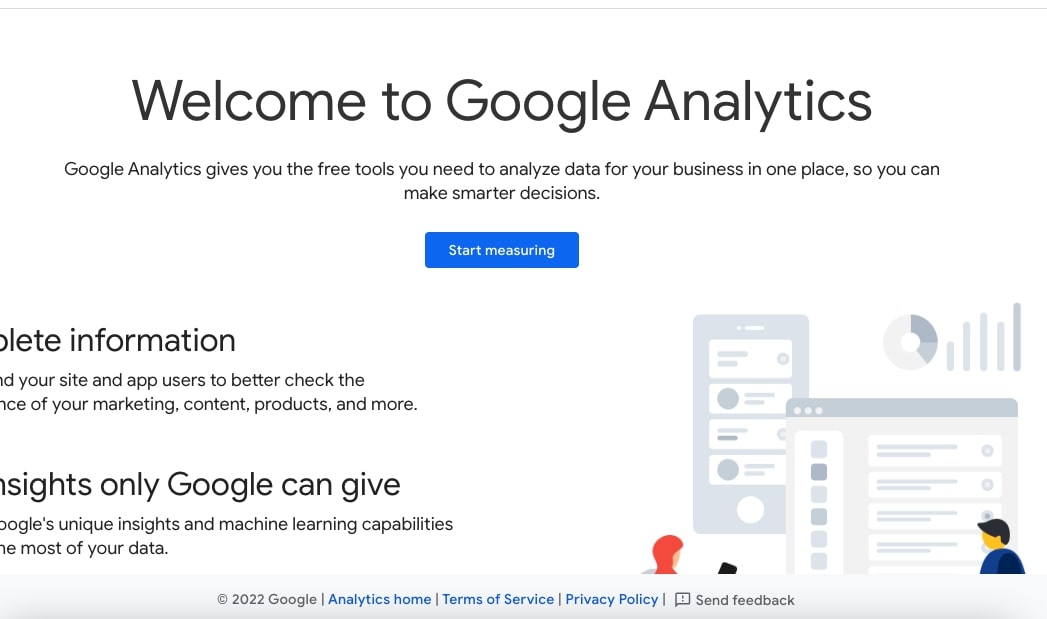
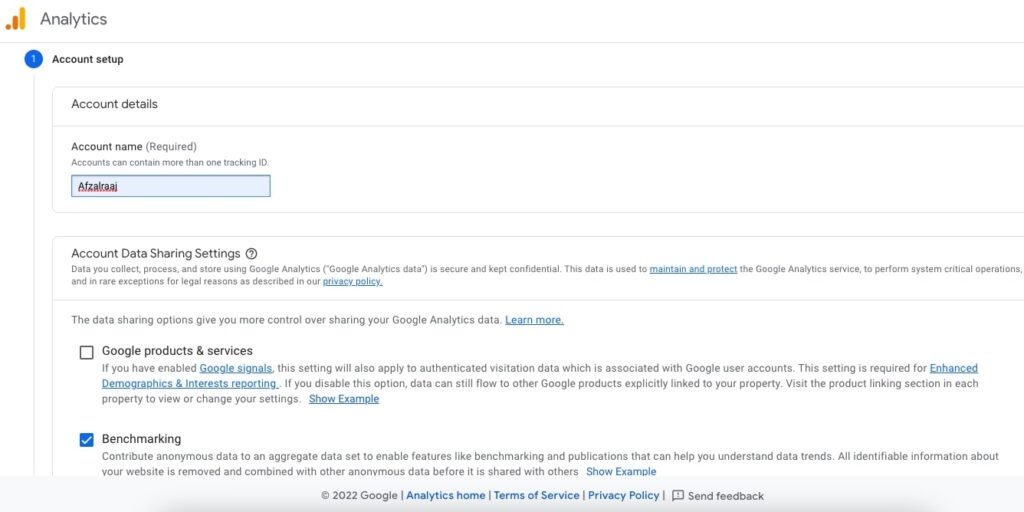

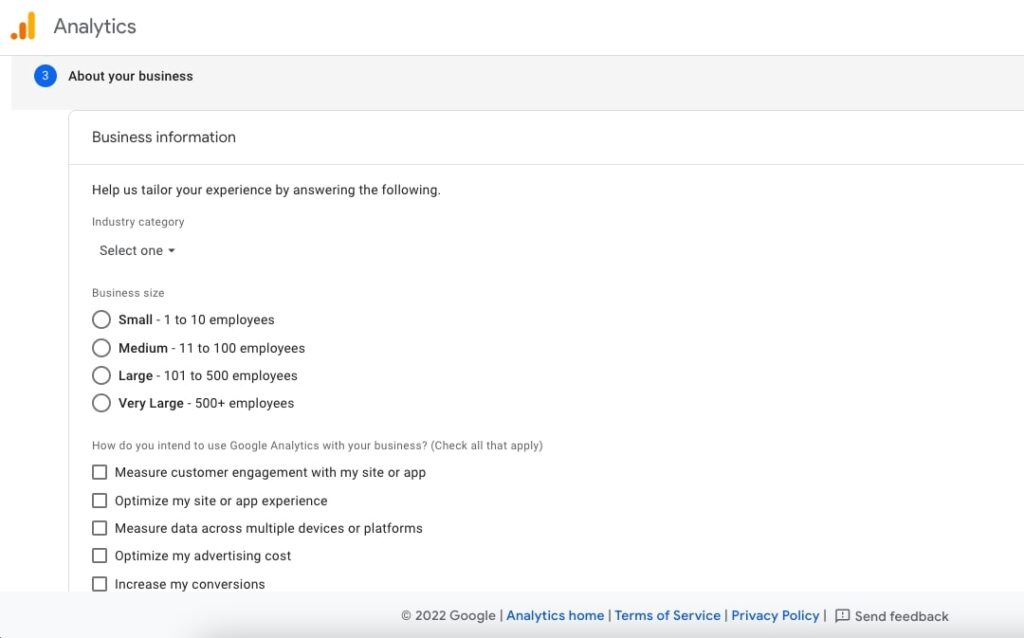

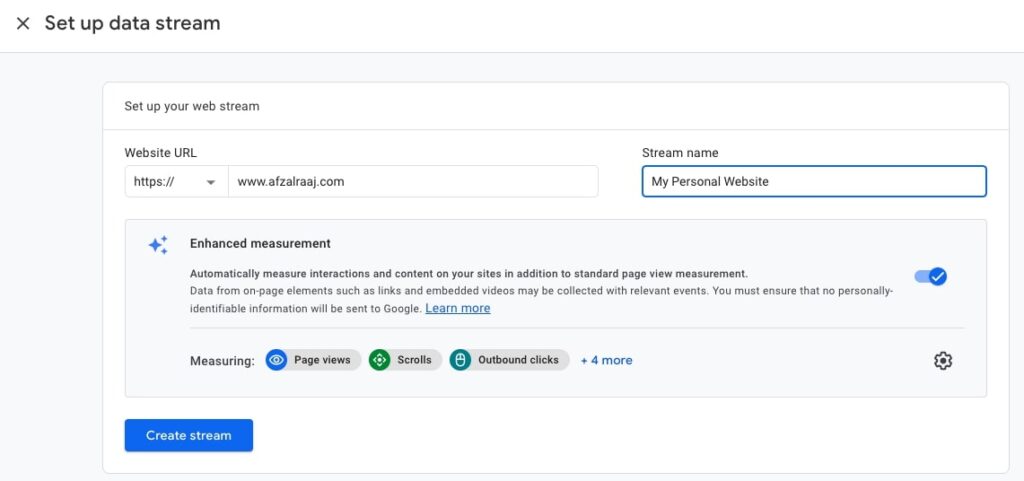
Lorem ipsum dolor sit amet, consectetur adipiscing elit. Ut elit tellus, luctus nec ullamcorper mattis, pulvinar dapibus leo.
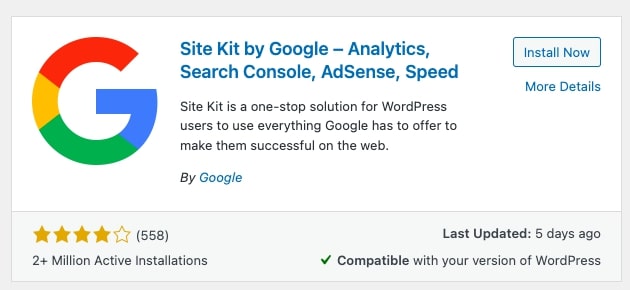
 Accordion Content
Accordion Content
 Accordion Content
Accordion Content
Accordion Content
Features of Google Analytics
Google Analytics is a free analytics service offered by Google that provides website owners with detailed information about their website’s traffic, actions, and demographics.
Google Analytics is one of the most widely used tools for analyzing websites. It allows users to track the performance of their website in real-time and gain insights into what’s happening on the site.
Goal Setup & Tracking
Google Analytics is a powerful tool for analyzing how your website is performing. It provides much data about your website’s visitors and how they interact with the site.
However, this data can be overwhelming for many people. This is where goal setup and tracking feature comes in handy.

With it, you can set up goals on a certain page or view to measure how well it performs. You can also set specific goals based on the number of visits per day, conversion rate, etc.The goal setup & tracking feature in Google Analytics will change how business owners set goals and track conversions.
The goal setup & tracking feature will help businesses set goals easily, track conversions, and measure progress toward their goals.
Geo Tracking
The geo-tracking feature of Google Analytics allows marketers to track their traffic from a specific location. This feature is especially useful for marketers who want to know where their customers are.
This feature is one of the features that Google Analytics offers. It allows marketers to track how many visitors come from different countries, regions, and cities.

It is a powerful tool for marketers to understand their audiences. Geo-tracking can be used in various ways, such as understanding how many visitors come from different countries, regions, and cities.
Keyword Tracking
Google Analytics is a tool that helps marketers track their marketing efforts.
It is a tool that helps marketers track their marketing efforts. One of the most important features of Google Analytics is keyword tracking.
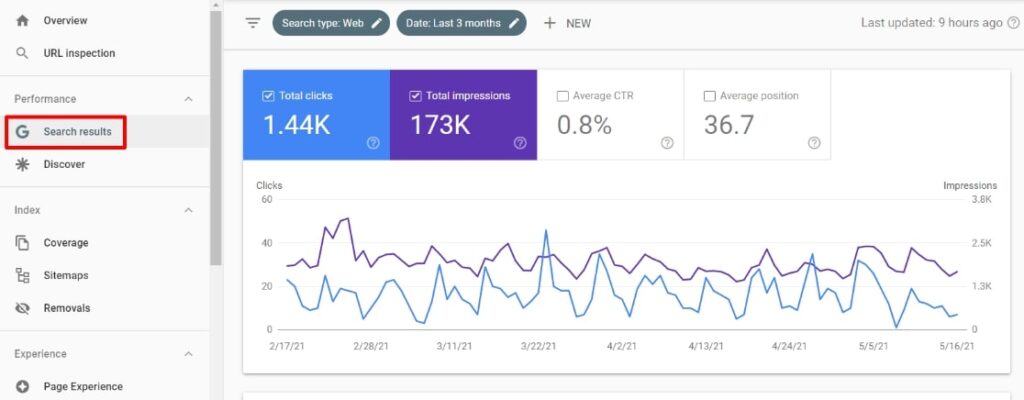
This feature lets you see which keywords drive traffic and leads to your website or blog post. Keyword tracking in Google Analytics can be done through the organic search console and the AdWords interface.
Still, they are not always accurate because they don’t show all the keywords people use to find your site on search engines like google or bing. So I prefer Google analytics over Google search console for keyword tracking.
The Keyword Tracking feature in Google Analytics offers the following benefits:
– Improved keyword tracking capabilities
– Increased accuracy in keyword targeting
– Enhanced performance data
– Better insights into website conversion rates
Referral Tracking
Google Analytics is an effective tool for marketers to understand how their website performs and which marketing channels are most effective.
Referral tracking by google analytics allows marketers to track the effectiveness of their marketing campaign across different channels.
It also helps understand customer behavior and identify segments most likely to convert into customers.
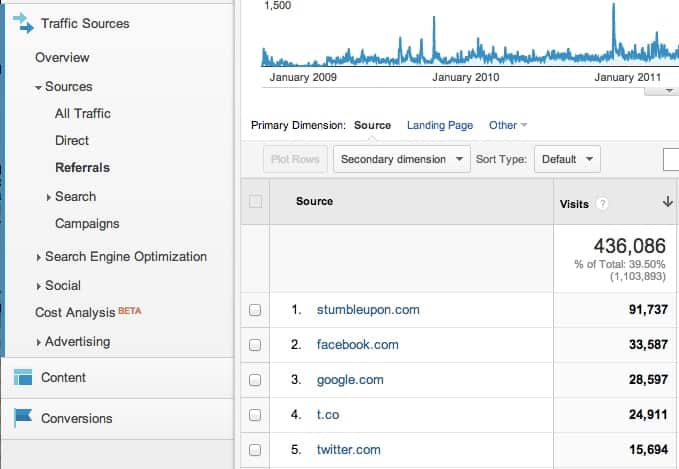
Referral tracking is a powerful tool that lets you see how your website performs in traffic and conversions. Google Analytics has three referral sources: direct, indirect, and organic. They are not mutually exclusive from each other.
In other words, a visitor who arrived via organic search can also be referred to by an email newsletter or social media post. The goal of referral tracking is to provide deep insights into the performance of your website and its marketing efforts.
Conversion Tracking
It also helps you track conversions, the number of visitors who have completed a specific action on your website.
To use Google Analytics, you need to set up conversion tracking. This will allow you to see what actions your visitors are taking on your website and which ones they are converting into.
Google Analytics allows you to track conversions in various ways:
A)- Event tracking
This tracks when an event happens, such as when someone signs up for a newsletter or purchases something online
B)- Conversion tracking
This tracks when someone completes an action on your site, such as purchasing something or filling out a contact form
C)- Custom conversion fields
If you don’t want Google Analytics to track conversions based on certain actions automatically, it can track them using custom fields
Monitoring Dwell Times
Dwell times are the time users spend on your website before they leave or click away.
It can be measured in seconds, minutes, hours, or days.
It is important to know when your visitors are leaving and continue returning to your site to generate traffic and build trust with their customers.

Google Analytics is a powerful tool for business owners to track their online presence and performance. Dwell times are the amount of time a user spends on a particular page, and they can be used to measure how long your site is taking visitors to complete their tasks.
The Google Analytics tool can help you find out what your site’s dwell times are. You must know the information so you can make changes accordingly.
Usability Key Performance Indicators
There are several usability KPIs by Google Analytics to help you measure the performance of your website. These KPIs include bounce rate, time on site, pages per visit, etc.
These KPIs can be used to improve your website’s design and content to become more user-friendly and relevant for users. Google Analytics has several key usability KPIs that can help you understand how your site is performing from a user’s perspective. These KPIs are:
– Time on Site: This metric tells you how long users spend on your site before they leave
– Bounce Rate: This metric tells you how many people who visit your site leave without visiting another page
– Exit Rate: This metric tells you how many people who visit your site leave after seeing only one page
– Page Views Per Visit: This metric tells you the average number of pages users view per visit
– Avg. Visit Duration: This metric tells you the average time spent on each visit to your sit
How to analyze User Engagement
User engagement is an important metric for measuring the success of a website or app. Google Analytics is a popular tool that can help you track user engagement and measure your website’s success.
User engagement is a measure of how engaged users are with your website. It tells you how often users visit your site and how long they stay on it. This metric helps you understand your audience and what content they are most interested in.
To get a better understanding of user engagement, Google Analytics offers unique insights into the different types of user engagement:
– Time on Site: How much time does each visitor spend on your website?
– Bounce Rate: How many visitors leave after visiting only one page?
– Engagement Rate: How often does each visitor engage with your website?
– Page views per Visit: How many pages do visitors view per visit?
Final Thoughts
Google Analytics is a free web analytics service offered by Google that helps to track and measure website traffic, audience engagement, conversions, and more. In addition, it is a web analytics service provided by Google that tracks the performance of websites.
It provides a variety of reports about the number of visitors to a website, unique visitors, pages viewed, average time spent on the site, and bounce rate.
Google Analytics is a powerful tool for measuring the performance of digital marketing campaigns. The most important thing to remember when using Google Analytics is that it’s not just a tracking tool but also a marketing strategy.
It is a free tool that provides insights into your website’s performance. It can help you identify the areas of your website that are performing well and those that need improvement.
Google Analytics is an easy way to keep track of your progress in reaching your marketing objectives. It also helps identify what works best on your site and what doesn’t work so well, allowing marketers to adjust accordingly.
Sharing is Caring

























